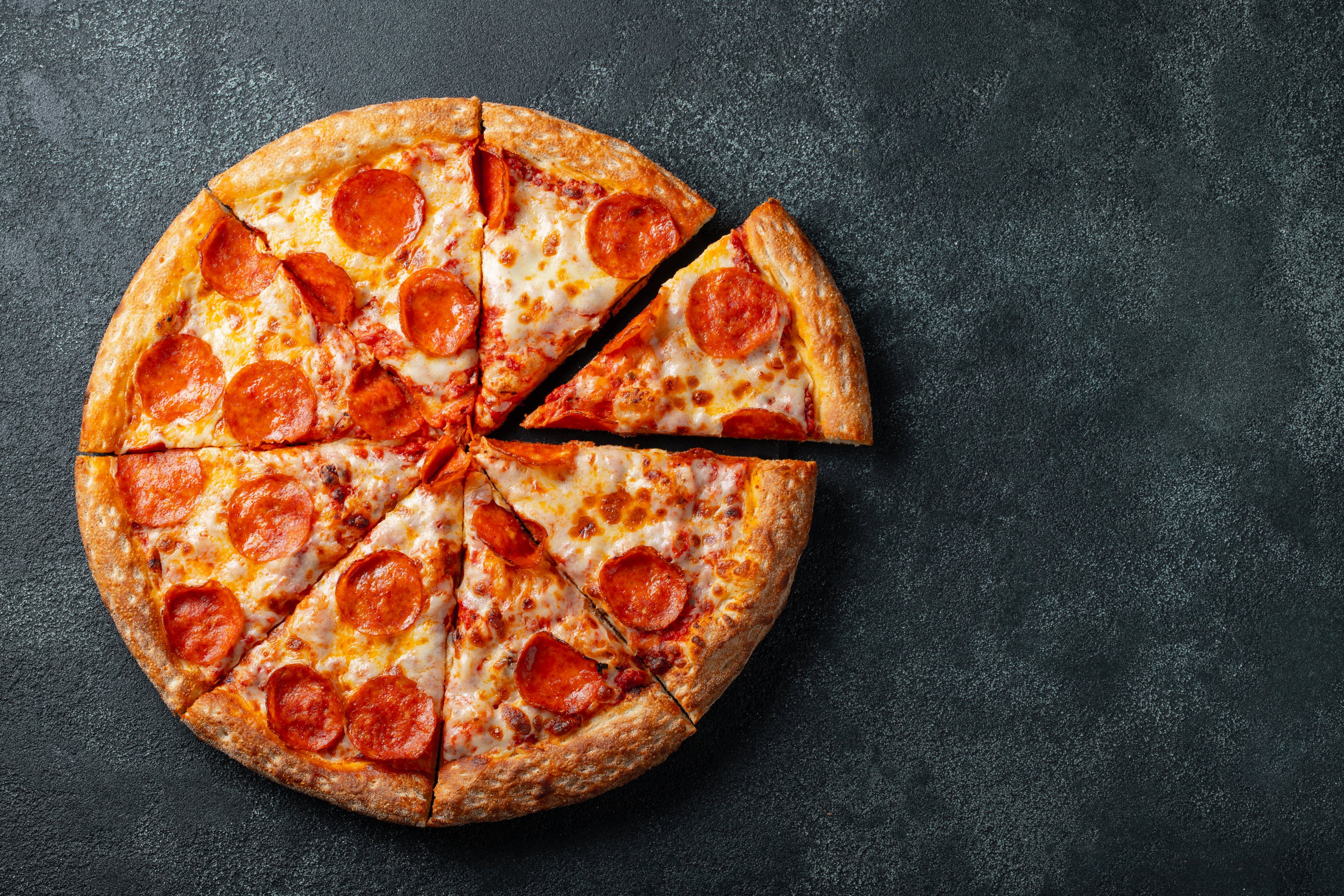Earlier this week, the Food and Drug Administration passed a sweeping new law that will require a wide range of food establishments to post calorie counts alongside menu items, starting a year from now. The law will affect businesses with 20 or more locations, and among the categories included are movie theaters, prepared food sold in supermarkets, and pizza parlors.
The law was actually passed in 2010 as part of the Affordable Care Act, but its final adoption has been delayed in part because of strong opposition from pizza chains and movie theaters.

Breaking with the National Restaurant Association, which supports federal calorie-posting so the country will have one standard, the pizza vendors went as far as to form their own advocacy group called the American Pizza Community, led by Domino's Pizza (DPZ +0.03%) and Papa John's (PZZA +0.05%), which argued that the nature of pizza would make it difficult or even impossible to enforce the calorie count rules. The law is aimed at individually consumed foods, and pizza is usually served as a whole pie for several people, they argue. Also, the variety of toppings mean the number of calories a pizza has can vary greatly, and the size of a slice is also subject to adjustment.
Still, most of the argument is clearly self-serving, as sandwich chains also face the same issue with toppings, and all restaurants have the ability to adjust portion size. Domino's sounded particularly disingenuous when it said its stores would have to post 34 million signs because that's the number of topping combinations available. Simply put, the pizza chains don't want to deal with the cost of the new signage, which they claim could be as much as $5,000 per store, and they're also afraid the information could scare away some customers or make them switch to a smaller or cheaper item.
The American Pizza Community did succeed in winning concessions that will allow them to determine a serving size of pizza and list calories by the slice, but they will still be subject to the posting requirement. So, what will it mean for big pizza and the other restaurant chains?
Still want seconds?
Studies have shown mixed results from the calorie posting laws. Currently, about 18 states and cities enforce menu labeling, including New York City, which began requiring calorie counts back in 2006. The effects of the law aren't exactly clear, as some studies have found no correlation, while others have observed a response from consumers. For instance, a study by the National Bureau of Economic Research found that Starbucks customers cut calories by 6% by cutting back on food, not beverages, though the change had no effect on Starbucks' profit. The study also found that Starbucks stores located close to Dunkin' Donuts, which is perhaps seen as a less healthy alternative, saw an increase in revenue from the law.
Other research has found that only 30% of consumers even notice the calorie counts, though it can be a wake-up call for some. Finally, some experts expect the law's major effect to be on restaurant menus rather than on consumer choices, an effect that has already played out among some companies, as Applebee's began offering a low-calorie menu in 2013, and some restaurants like KFC have lowered calories on children's menu items.
Some nationwide chains, including Panera and McDonald's, have already taken the step of posting calorie counts on their own with no discernible effect to their bottom line.
So, how bad is that pizza?
Compared to other fast foods, pizza isn't particularly unhealthy: A 14" pepperoni pizza from Domino's adds up to 2400 calories, and split two or three ways that would become 1,200 or 800 calories. A slice is is only 300 calories, but the average consumer eats 2.1 slices. At Domino's locations that already have a calorie-posting law, there seems to have been little change in customer behavior. One franchisee with 10 locations in Montgomery County, MD, which has such a law, said, "I don't see pizza counts dropping. I don't see salads running out the door," according to The Washington Post.
What are the big pizza chains afraid of? This is likely a political battle that's gotten blown out of proportion as franchisees have complained of government overregulation and that new signage could cost as much as $5,000 per store.
Still, the FDA's changes are in keeping with Americans' growing interest about where their foods comes from and what it's in it. Local laws requiring GMO-labeling are becoming more popular and could go national one day as the popularity of organic food has been growing disproportionately. This trend has favored companies like Whole Foods and Chipotle, which have embraced it, and even McDonald's seems to understand this transformation, having gotten out in front of it with voluntary calorie-posting. While calorie counts alone are unlikely to significantly impact business results, Domino's resistance to this trend could present increased problems down the road as the healthy eating trend shows no signs of slowing.







